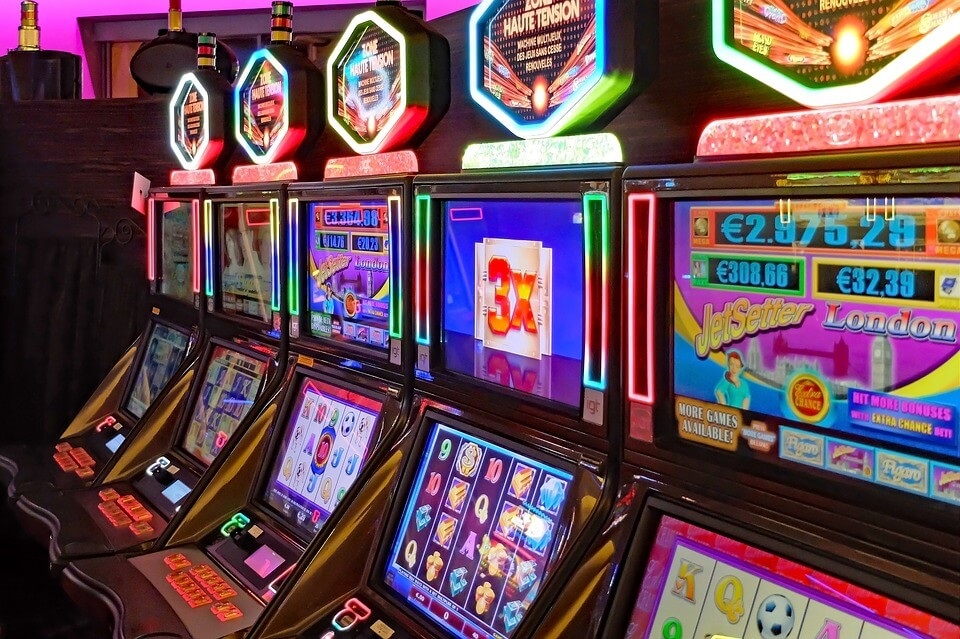When playing online slot games, there is the Return-to-Player (RTP) rate. This critical metric helps player’s games to play and manage their bankroll effectively. RTP represents the percentage of wagered money a slot game will pay back to players over time. Higher RTP rates indicate better chances of winning consideration for maximizing potential returns.
Return-to-Player, or RTP, is a term used to describe the percentage of total wagers a slot game is programmed to pay back to players over an extended period. For example, if a slot game has an RTP of 95%, it means that for every $100 wagered on the game, players expect to receive an average of $95 back in winnings. It’s essential that RTP rates are calculated over millions of spins and do not guarantee a specific outcome for any individual gaming session experience fluctuations some sessions yielding higher or lower returns than the stated RTP Play slot gacor olympus by visiting kozareva.com.
How is RTP rates determined?
Online slot game developers determine RTP rates during the game design process. They use complex mathematical algorithms and random number generators (RNGs) to make the game pay out a specific percentage of wagers over time. These algorithms consider the game’s paytable, bonus features, and hit frequency (how often the game pays out). By carefully balancing these elements, developers create games with specific RTP rates that adhere to industry standards and regulatory requirements.
Finding rtp information
Online casinos and game developers make RTP information readily available to players. This information can typically be found in the game’s paytable, help section or the casino’s website. In some jurisdictions, online casinos are required by law to display RTP rates for their games. This transparency helps players make informed decisions and ensures that the games are fair and unbiased. Players must be cautious when playing at online casinos that do not provide RTP information. The absence of this data may indicate that the casino needs to be more fully transparent about its games, which could be a red flag for players.
RTP rates and game volatility
RTP rates, players should also consider a game’s volatility when selecting. Volatility refers to the frequency and size of payouts in a game. Low-volatility games offer frequent, smaller payouts, while high-volatility games pay out less often but have the potential for more significant wins. Players should choose games with volatility levels that suit their bankroll and playing style. For example, players with smaller bankrolls may prefer low-volatility games, as they offer more consistent payouts and a lower risk of depleting their funds quickly. On the other hand, players seeking the thrill of big wins may opt for high-volatility games, understanding that they may need to weather longer losing streaks in pursuit of substantial payouts.
This is because a portion of each wager placed on a progressive jackpot game contributes to the growing jackpot pool. As a result, the base game RTP may be lower to accommodate the potential for a massive payout. Players should keep this in mind when choosing to play progressive jackpot slots. While the allure of a huge win is undeniable, it’s essential to understand that the lower RTP rate may impact the overall long-term value of the game.



